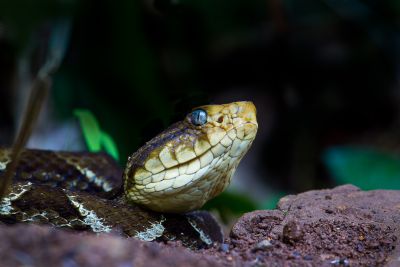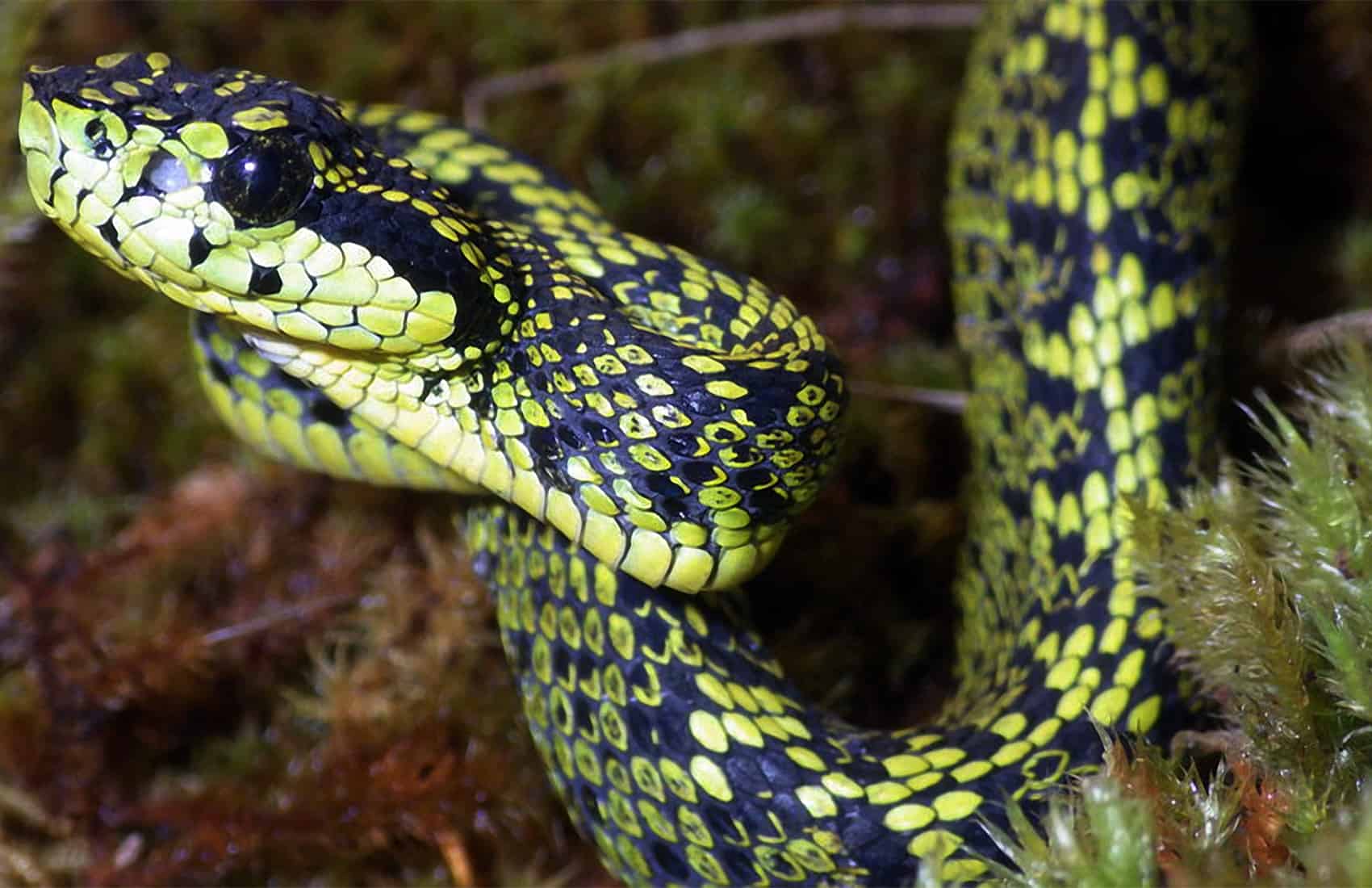
Deadly Snakes Of Costa Rica. A night walk in Costa Rica RelatedPosts Would you get on one. As Costa Ricans are awfully afraid of snakes as a whole a lot of harmless snakes with similar pattern are precautiosly killed as well. Its purpose is to know the characteristics and composition of their venom which will help develop antiophidic or antivenom serums to treat the effects of. How common are snake bites.

Its high rate of reproduction and extensive range make it more likely to be encountered by casual hikers than other venomous species. The Central American Coral Snake averages about 65 cm 26 inches but they can grow to in excess of 45 inches. Fer De Lance also known as Terciopelo is by far the most common and most dangerous snake in Costa Rica. The worst of them include the Fer de Lance a pit viper thats very unpredictable and can attack super-fast and the eyelash viper which has some of the worlds most deadly venom. Are there venomous snakes in Costa Rica. Earthrace spokeswoman Larisa Kellett said Bethune had been bitten on the calf by what is believed to be the highly venomous Fer-de-lance snake and is now in Costa Ricas Golfito Hospital.
The females are much longer than the males.
The females are much longer than the males. The snake that accounts for most of the dangerous snake bites in Costa Rica is the Terciopelo. Are there venomous snakes in Costa Rica. Supplied Bethune is the founder of non-profit Earthrace which does conservation missions such as tracking illegal fishing and mining. Kiwi conservationist Pete Bethune has been bitten by a highly venomous snake in Costa Rica. Within a group as diverse as reptiles in Costa Rica snakes represent around two-thirds of these animals.